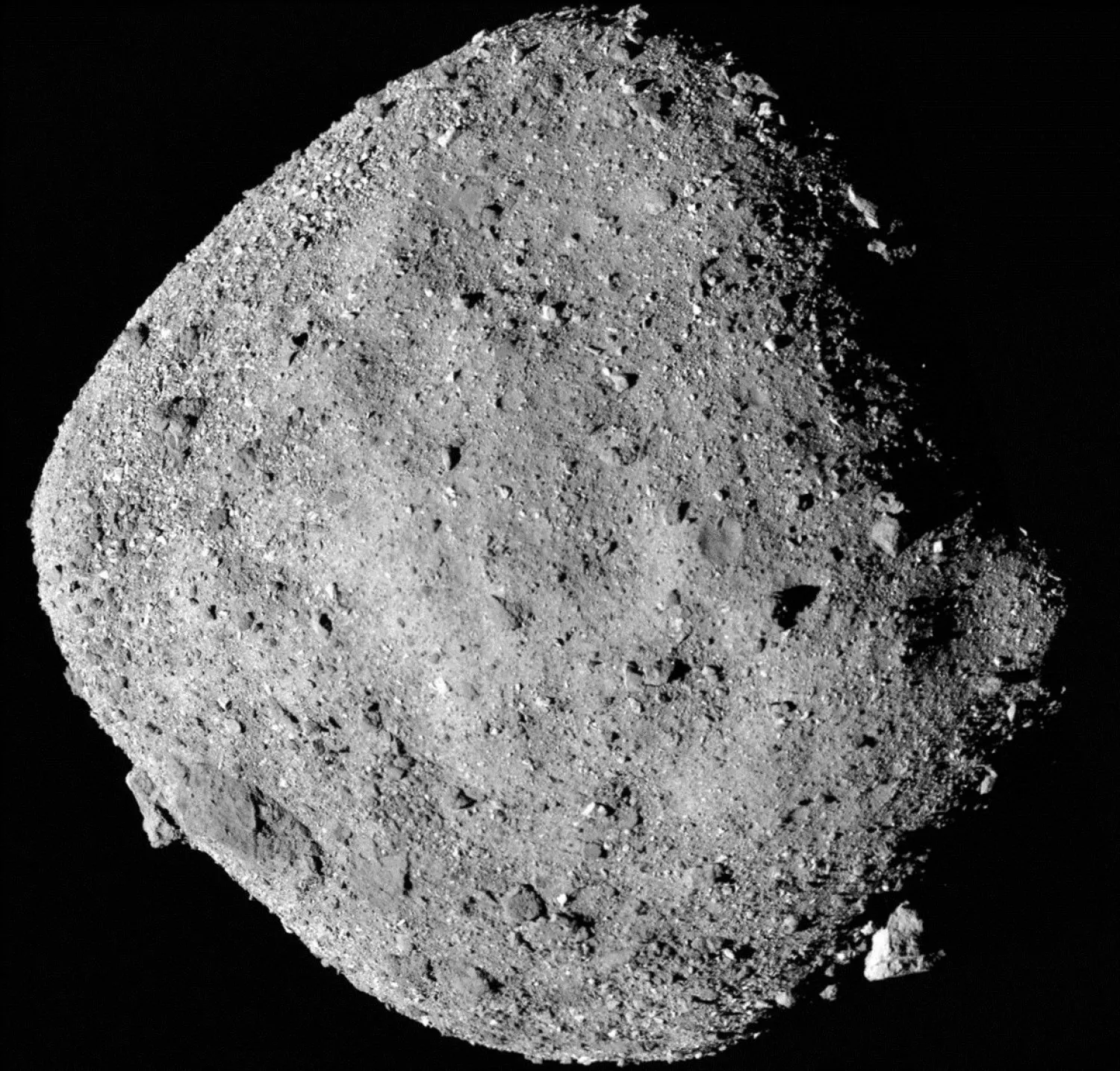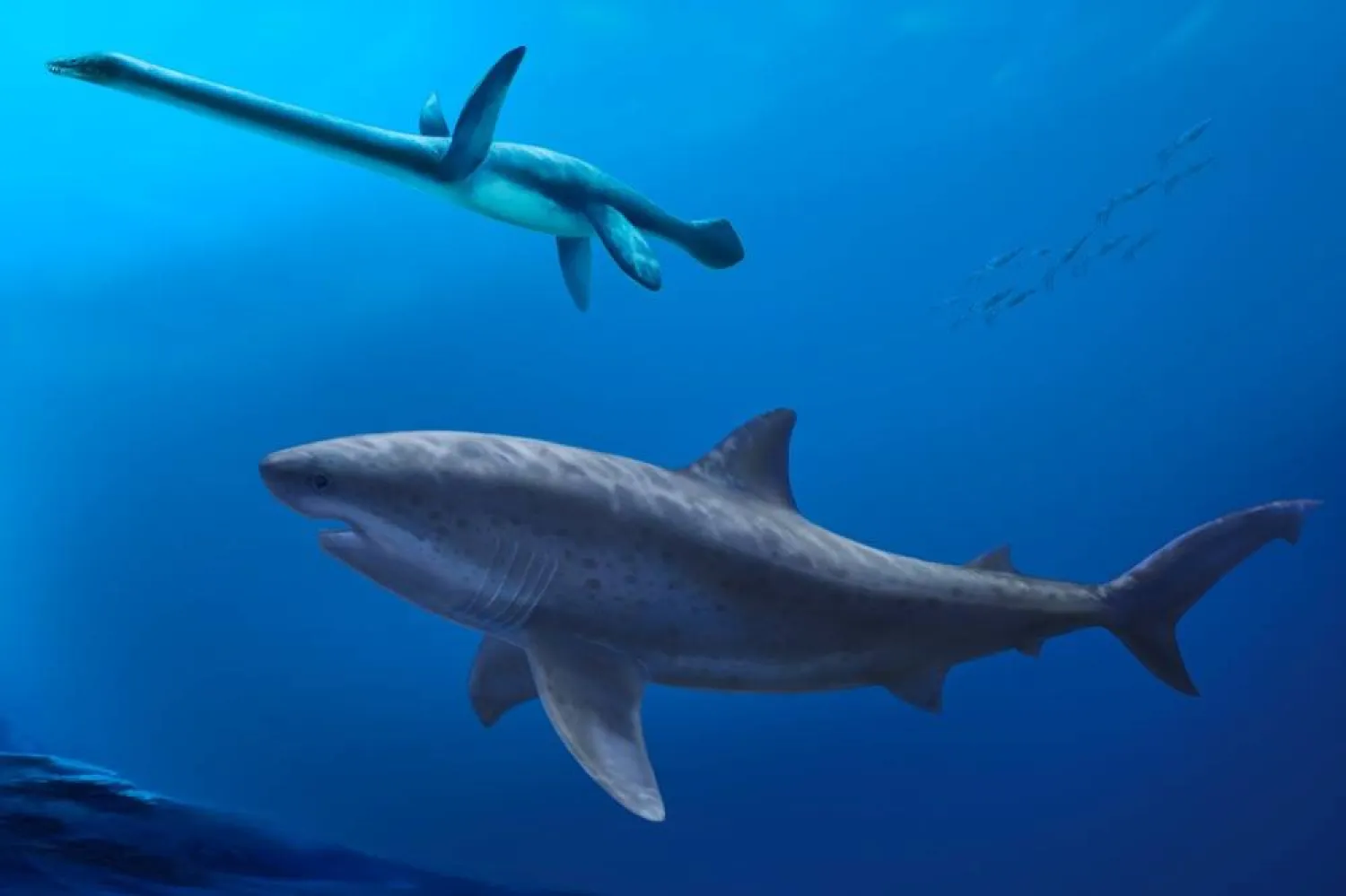The state-of-the-art asteroid alert system operated by the University of Hawaii Institute for Astronomy (IfA) can now scan the entire dark sky every 24 hours for dangerous bodies that could plummet toward Earth. The NASA-funded system has expanded its reach with two additional telescopes in South Africa and Chile.
Named ATLAS, this system is aimed at providing data on possible asteroid collisions with the Earth. It’s formed of four telescopes, two in the American continent to observe the northern-hemisphere -in the islands of Hale akala (Maui) and Mauna Loa (Hawaii)- and two for the southern hemisphere, in South Africa and Chile.
“An asteroid that hits the Earth can come at any time from any direction, so ATLAS is now all the sky, all the time,” said John Tonry, University of Hawaii at Manoa Institute for Astronomy (IfA) professor and ATLAS principal investigator.
The locations of the new telescopes in South Africa and Chile were selected not only for their access to the southern part of the sky, but also their time difference from Hawaii—they are able to observe at night when it is daytime in Hawaii. The four-telescope ATLAS system is now the first survey for hazardous asteroids capable of monitoring the entire dark sky every 24 hours.
According to Tonry, the ATLAS system can provide one day’s warning for a 20-meter diameter asteroid, capable of city-level destruction. Since larger asteroids can be detected further away, ATLAS can provide up to three weeks’ warning for a 100-meter asteroid, capable of wide regional devastation. An asteroid that large could produce 10 times the destruction of the recent Hunga Tonga volcano eruption if it were to strike the Earth.
To date, the ATLAS system has discovered more than 700 near-Earth asteroids and 66 comets. On January 22, ATLAS-Sutherland in South Africa discovered its first near-Earth object (NEO), 2022 BK, a 100-meter asteroid that currently poses no threat to Earth.









